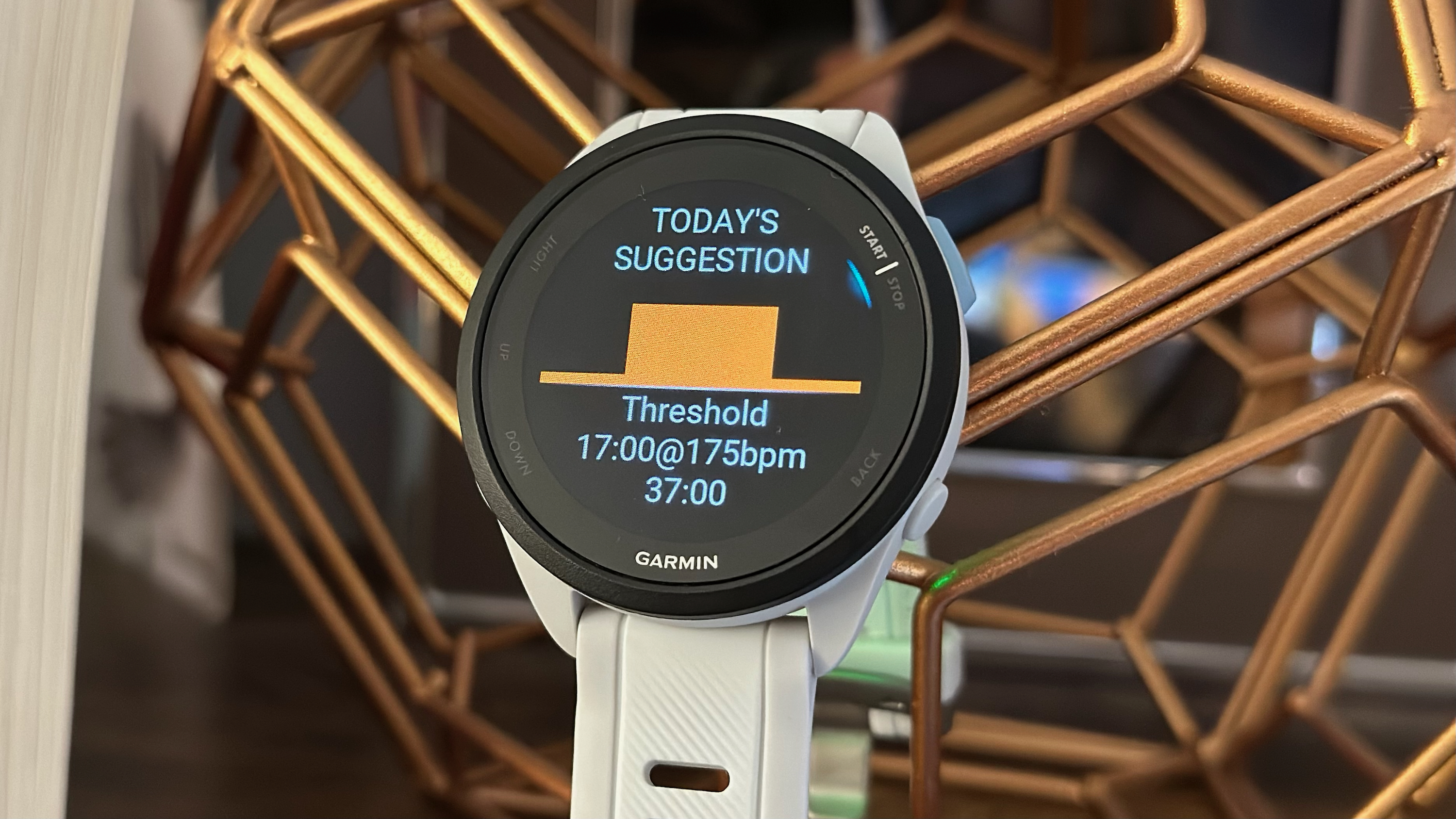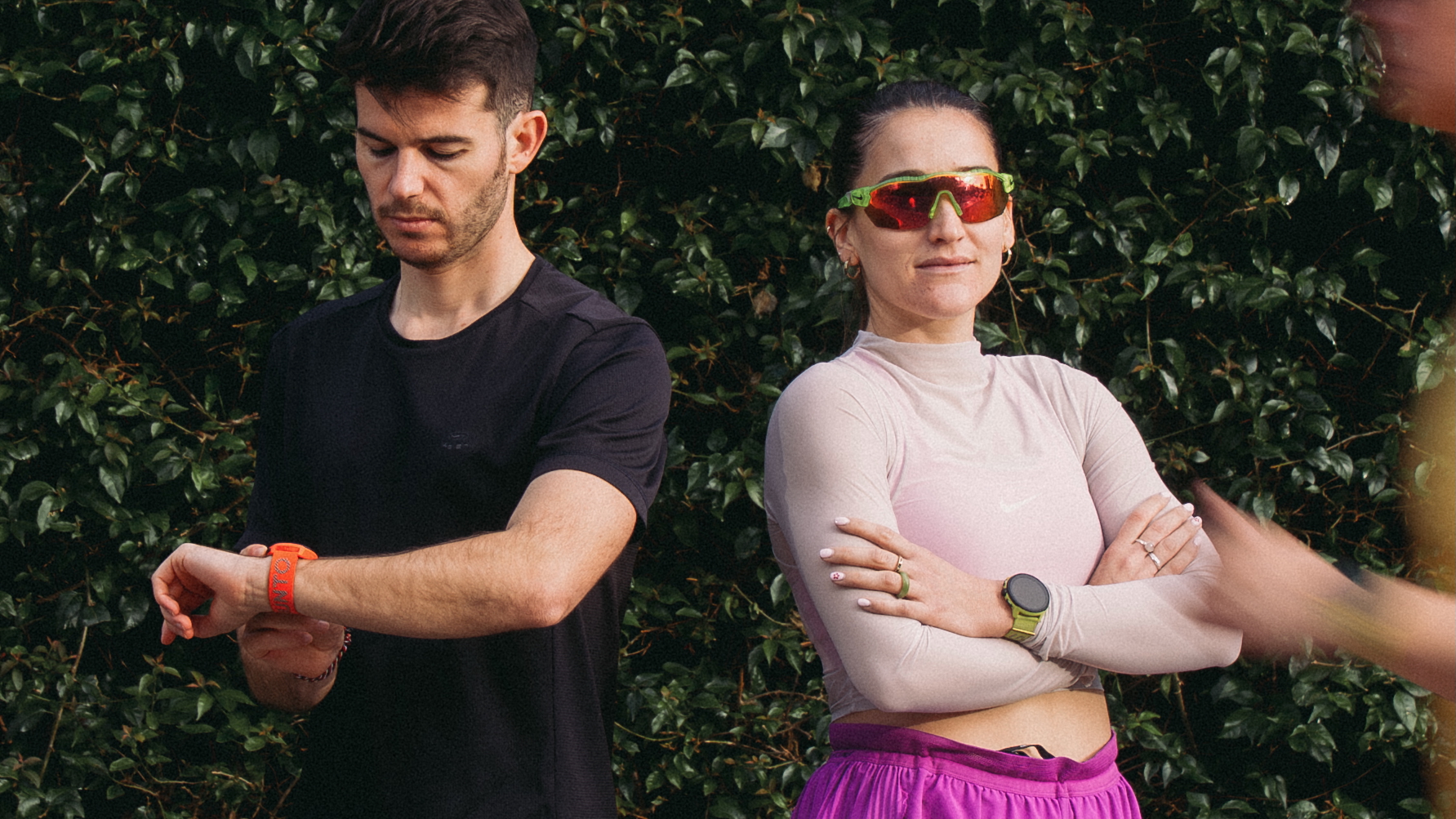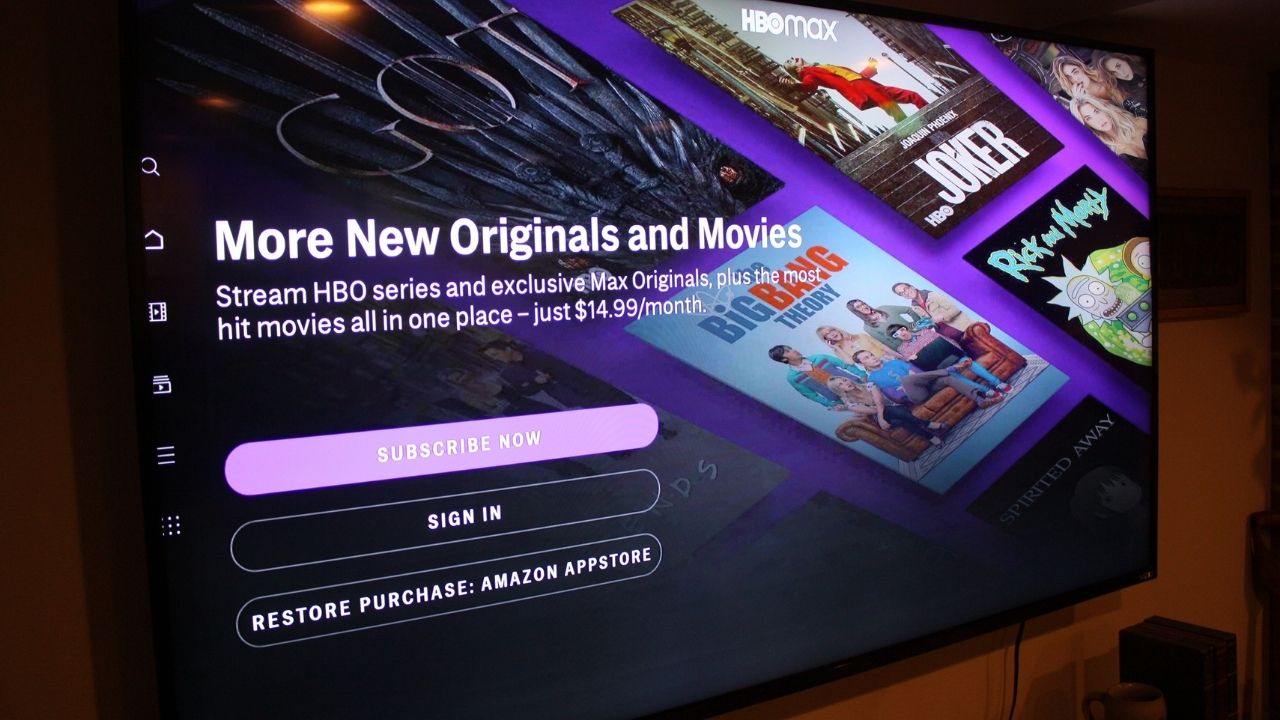Suunto Run challenges the Forerunner 165 and PACE 3 for budget running watch crown
What you need to know
- The Suunto Run is a budget AMOLED running watch that only weighs 36g with the strap.
- It has dual-band GPS, an updated HR sensor, music storage, and new training tools like a smarter Track mode and Ghost Running.
- It costs $249 / £199 and ships in four color options, with no subscription cost.
When it comes to budget running watches for serious runners, the $249 Garmin Forerunner 165 and $229 COROS PACE 3 have few rivals. But the new Suunto Run deserves to be in that conversation.
Announced on Tuesday, the $249 Suunto Run has a 12-day battery life, an altimeter, and dual-band GPS that lasts 20 hours, beating the 11-day Forerunner 165 that only offers 17 hours of all-systems GNSS (meaning no dual-band mode).
While the $449 Suunto Race offered 40 dual-band GPS hours, Suunto has revamped its newer models’ GPS and optical HR sensors, so you’re ironically paying less for better accuracy with the Run watch.
Weighing just 36g with its 22mm nylon band, plastic body, and steel bezel, the Suunto Run won’t win any beauty pageants but will feel breezy on your wrist during runs. And its 1.32-inch, 466×466 AMOLED display is a visual upgrade on MIP watches like the PACE 3 in this range.

Suunto also cut offline maps, power meter support, and third-party SuuntoPlus apps from the Suunto Run, making the Race or Race S a better fit if you want all the bells and whistles. But breadcrumb navigation without topo maps is much easier to swallow on a $249 watch than on the $499 Garmin Instinct 3.
Plus, the Suunto Run adds some unique running tools, starting with a new Track Run mode that will map out and memorize your local track to provide better location accuracy during workouts. The Ghost Runner mode lets you race past times or your friends’ times on a certain route, while the marathon widget provides a real-time estimated finish time so you can tweak your pace as you run.
You can store up to 4GB of music on the Suunto Run, though you’ll need your own MP3 files. Most running brands besides Garmin aren’t able to support major music apps like Spotify, unfortunately.

The Suunto Run gives runners a 7-day training load widget, your fitness progress (akin to VO2 Max), and a recovery widget that helps guide your future training, though no suggested daily workouts or imported plans. It’s best suited for self-guided runners who might pay for TrainingPeaks but don’t need their running watch to hand-hold them through the workout.
Meanwhile, the Forerunner 165 does have suggested workouts, Garmin Coach, and recovery data, but blocks training load to upsell you to the Forerunner 265. The COROS PACE 3 does have training load and importable training plans, but a duller screen and fewer dual-band GPS hours.
We look forward to testing the Suunto Run against these two watches, which showed great accuracy in our cheap running watch test. But strictly on paper, the Suunto Run sounds like a great deal with only a few compromises that some runners won’t live without.














Post Comment